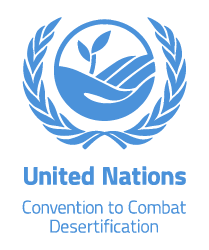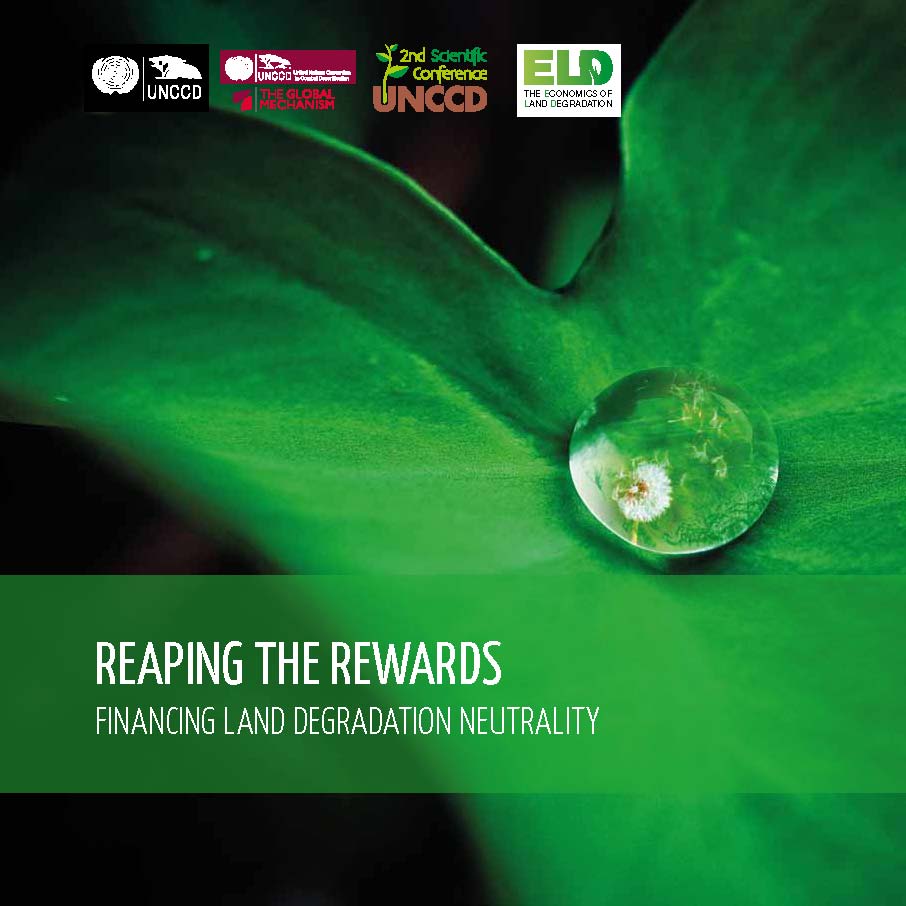Location
The United Nations Convention to Combat Desertification in Those Countries Experiencing Serious Drought and/or Desertification, Particularly in Africa (UNCCD) is a Convention to combat desertification and mitigate the effects of drought through national action programs that incorporate long-term strategies supported by international cooperation and partnership arrangements.
Members:
Resources
Displaying 316 - 320 of 585Land and Bioenergy (Chapter 9 from "Bioenergy and sustainability: Bridging the gaps")
Projected land demands for bioenergy fall well within conservative estimates of current and future land availability (240 to 905 Mha). Estimates for the amount of modern bioenergy needed to meaningfully mitigate climate change range from 80 to 200 EJ in the 2050 timeframe. At the upper end of this range, we estimate that about 200 million hectares would be required. This may be compared to most estimates for the amount of land available for bioenergy, which exceed 500 million hectares.
Bioenergy and sustainability: Bridging the gaps
The development of modern high efficiency bioenergy technologies has the potential to improve energy security and access while reducing environmental impacts and stimulating low-carbon development. While modern bioenergy production is increasing in the world, it still makes a small contribution to our energy matrix. At present, approximately 87% of energy demand is satisfied by energy produced through consumption of fossil fuels.
Land Matters for Climate: Reducing the Gap and Approaching the Target
In this brief, UNCCD identifies the key element in the climate change equation often missing in the current discussions. UNCCD offers an evidence-based argument that the mitigation potential of the land use sector, realized through land rehabilitation and ecosystem restoration activities, can make a significant and immediate contribution to reducing the emissions gap.
Decision 3/COP.12
Integration of the Sustainable Development Goals and targets into the implementation of the United Nations Convention to Combat Desertification and the Intergovernmental Working Group report on land degradation neutrality
Reaping the Rewards: Financing Land Degradation Neutrality
As a result of poor management practices and contrary to logic; finance and investment in food production has been one of the main drivers of land degradation by transforming natural ecosystems and favoring short-term profits over long-term sustainability. For all sectors that rely on the land, “business as usual” comes with rising costs and new risks. Risks we cannot afford in the post-2015 world.




